Diatomaceous earth is a powder made from tiny fossilized algae called diatoms. It’s one of my favorite garden hacks for dealing with pests naturally. You might have heard about it as a way to tackle insects, but it can do much more for your garden when used correctly.
If you’re new to it, diatomaceous earth (often called DE for short) is safe around pets and children when handled right, and is a pretty handy tool for organic gardening. The best part? You don’t need fancy equipment to get started. With a little knowhow, you can enjoy a healthier, more pest-resistant garden in no time.
This guide covers why you might want to use diatomaceous earth, how to apply it for the best results, what bugs it actually works on, and some things to look out for. I’ve also included answers to popular questions and shared some product suggestions based on what works for me personally. Plus, stick around for practical tips to level up your garden pest control routine.
Why Use Diatomaceous Earth in the Garden?
Diatomaceous earth is a natural, chemical-free solution for managing garden pests. I like it because it’s non-toxic for humans and pets (when used as directed), and doesn’t add harsh chemicals to the soil. Here are a few benefits you’ll notice:
- Safe organic pest control, which helps keep your veggies and flowers chemical free
- Easy to apply, since just a sprinkle goes a long way
- No lingering residue; it breaks down safely in the environment
- Cost effective, so a little bit lasts quite a while
The powder works by dehydrating softbodied insects as they crawl over it, so it can be really effective with minimal effort. For people looking to reduce their use of chemical pesticides, it’s worth checking out.
What Makes Diatomaceous Earth Different?
What I like most is how targeted DE is. It attacks pests without harming pollinators or earthworms if you use it thoughtfully. It doesn’t just chase bugs away; it actually helps reduce their numbers so your plants get a break from constant bug pressure. Diatomaceous earth, when used mindfully, becomes a reliable part of a gardener’s toolkit for sustainable, pest-smart growing.
How to Apply Diatomaceous Earth to Your Garden
Can You Sprinkle Diatomaceous Earth Directly?
Absolutely. You can sprinkle diatomaceous earth directly on the soil, around plant bases, or on affected leaves. I like to use an old spice jar or a mesh strainer for even coverage. Just make sure the areas are dry—the powder clumps if it’s wet, and water makes it way less effective.
Best Ways to Apply Diatomaceous Earth
- Wait for Dry Conditions. Apply on a dry morning after the dew evaporates. If it rains, you’ll need to reapply once things dry out.
- Dust Problem Areas. Focus on the underside of leaves, around stems, and in the soil where you spot a lot of pests.
- Light, Even Application. You only need a fine layer. Piling it thick won’t improve results and wastes powder.
- Use a Duster. For large gardens, a handheld powder duster or bulb duster helps spread DE evenly.
You can also mix DE into garden soil before planting, especially if you have a history of soildwelling pests. Just keep in mind that heavy watering or rainfall will wash it away, so plan to reapply as needed. Remember to stay consistent, as regular top-ups help maintain protection during pest-prone periods.
Safety Tips for Application
- Wear a dust mask if you’re in a breezy area (the powder is very fine and can irritate your lungs if you breathe in lots of it).
- Keep pets and children out of the area during application, and let the dust settle before letting them back in.
- Always use food grade diatomaceous earth for gardens, not pool grade (which is chemically treated and not safe for plants, people, or pets).
When Should You Stop Using Diatomaceous Earth?
DE is safe to use throughout the growing season, but you’ll want to stop applying it a week or two before harvest if you plan to eat the plants directly. Rinse produce well to remove any powdery residue; nobody likes a gritty salad! Regularly pause and assess pest levels so you aren’t overapplying. Once you notice an obvious drop in pest activity, there’s no reason to keep applying it daily. I switch to spot-checks and occasional dusting to maintain control while minimizing unnecessary use.
For pollinator safety, hold off on broad applications when lots of bees or butterflies are present, especially during peak flowering times. Try dusting early in the morning or late in the afternoon when bees are less active. This mindful timing keeps beneficial insects safer while still handling your pest problems with care.
What Bugs Does Diatomaceous Earth Kill?
Diatomaceous earth works best on softbodied insects, but there are quite a few common pests it handles pretty well. Here’s a short list:
- Aphids
- Slugs and snails
- Ants
- Flea beetles
- Earwigs
- Cutworms
- Caterpillars
- Thrips
Keep in mind that DE isn’t a miracle cure. It won’t do much for hardshelled bugs like adult beetles or squash bugs. However, it can make a big difference if you’re dealing with swarms of aphids or an army of slugs. Some gardeners also stumble upon success with less common pests, like sow bugs or spidermites, though results can vary. Give it a try and watch which pests are most impacted in your garden setup.
What Are the Downsides of Diatomaceous Earth?
While diatomaceous earth has a lot going for it, there are a few things you should watch out for:
- Needs Reapplication. Rain, dew, or irrigation washes it away, so you might need to reapply after wet weather.
- Can Harm Beneficial Insects. DE isn’t picky—if ladybugs or lacewing larvae crawl through it, it affects them too. Try to only dust areas where you actually see pests.
- Messy if Overused. Too much powder gunking up your flowers and veggies looks messy and can even smother young seedlings if applied too heavily.
- Respiratory Irritant. The fine dust can be a mild irritant if inhaled in large amounts, so cover your nose and mouth if you’re working with lots at once, especially on windy days.
By focusing only on areas with visible pests and using light applications, you can avoid most of these issues. Also, monitoring the results after application and adjusting your use will keep your garden and its helpers in good shape.
Product Suggestions for Gardeners
- Harris Food Grade Diatomaceous Earth, a reliable option that works well for outdoor and indoor plants. It comes with a powder duster that’s really handy for gardens and raised beds.
- Safer Brand Diatomaceous Earth Ant and Crawling Insect Killer, which is a trusted foodgrade choice, nice if you want something labeled for specific garden pests.
- Bulb Duster for Diatomaceous Earth. These gadgets help spread DE evenly and make the application process much easier for bigger spaces or tricky spots, like under leaves or around planters.
Always doublecheck labels for food grade certification, especially if you’re treating edible plants. Prices and packaging change often, so check the latest reviews for updated info before you buy. And remember, using the right tools speeds things up and can help you avoid messes during application.
Common Questions About Using Diatomaceous Earth
Can you use diatomaceous earth on vegetable gardens?
Yes, you can. Just make sure it’s food grade and keep up with reapplication after watering or rain. Wash produce well before eating. DE is often a go-to for many organic gardeners who want to keep their vegetables safe and clean while sidestepping synthetic chemicals.
Does DE hurt bees or butterflies?
Diatomaceous earth doesn’t target specific bugs, so if bees, butterflies, or ladybugs come in contact with it, they can be affected. To reduce risk for pollinators, dust only problem spots and avoid flowering plants whenever possible. Timing your applications to non-peak hours helps protect helpful insects while still going after the pests you want to manage.
Can you use DE inside greenhouses?
Definitely. Just watch for overuse—a lot of DE floating around is dusty and can get everywhere. Use a careful, controlled application and vent the space if you notice much airborne powder. Greenhouse environments often benefit from targeted dusting along edges, trays, and under benches, where pests hide.
Will DE get rid of ants for good?
DE is great for reducing ant numbers, but it probably won’t wipe out the entire colony. Use it as part of a broader strategy (like removing nest access and sealing cracks) for the best long-term control. Monitoring ant activity and repeating as needed, alongside cultural methods, can give you ongoing success.
Can I mix DE with water and spray it?
You can mix it with water as a slurry, but once it dries, only the powder is effective. Spraying might help with hard to reach areas, but you’ll still need to re-dust after rainfall or watering. Using both methods as appropriate lets you tackle pest hotspots from all angles.
Next Steps for a Naturally Pest-Free Garden
Diatomaceous earth can make DIY pest management way easier and safer in the garden, as long as you follow these tips. Test a small area first to see how it works with your specific garden conditions. Consistent, targeted use, a watchful eye on pest hotspots, and thoughtful reapplication can make a real difference in overall plant health.
- Pick up a food grade diatomaceous earth product that’s safe for your plants.
- Plan to apply on a dry day for best results, so the powder remains effective.
- Focus on areas where pests gather, not the entire garden.
- Stop a week or so before picking fruits or veggies to avoid residue at harvest.
With a little practice, you’ll get the hang of when and where to dust, keeping your garden fresh and lively all season long. By making DE part of your regular pest watch, you may stumble upon eye-catching results and a more vibrant, chemical free growing space for you and your plants.

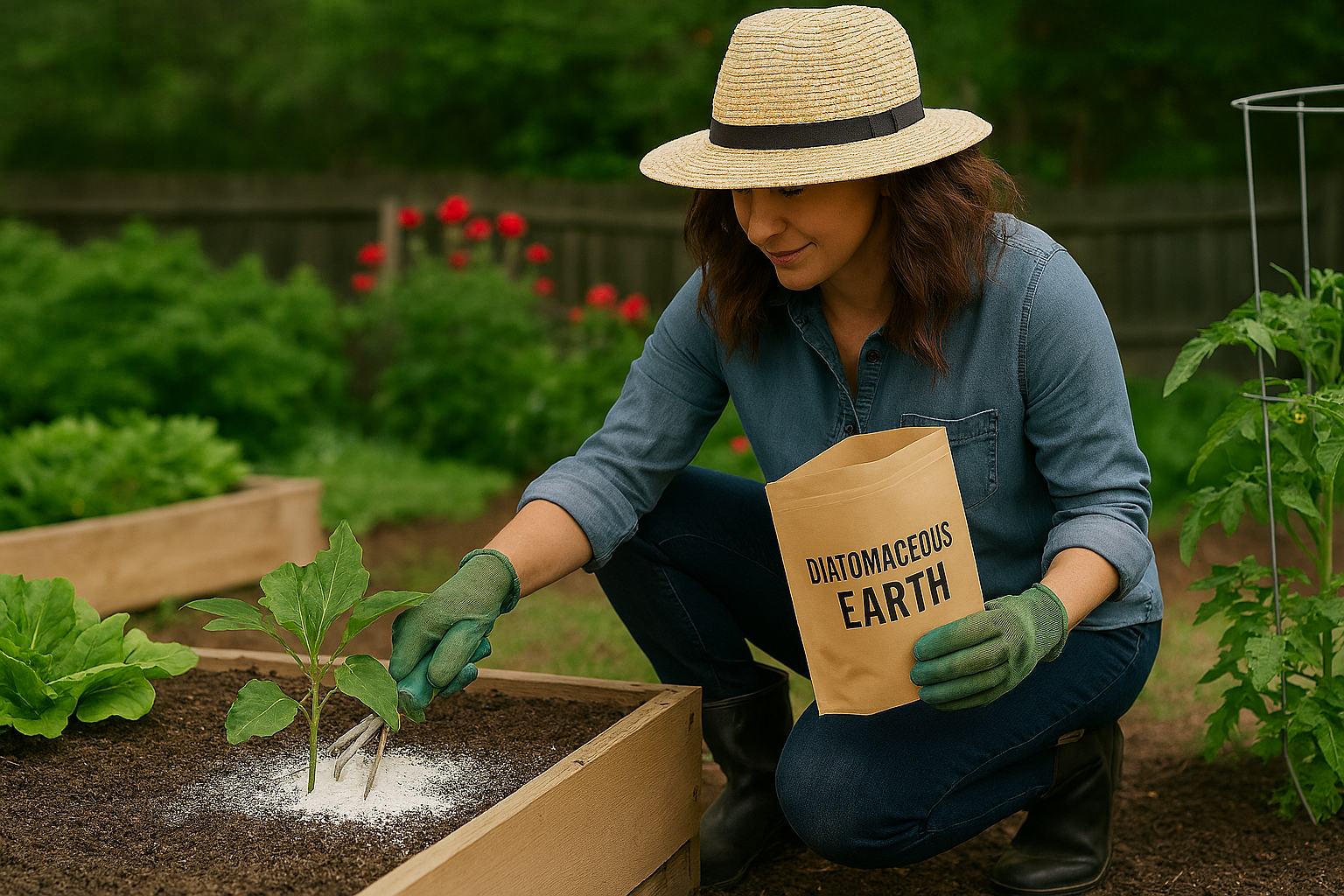
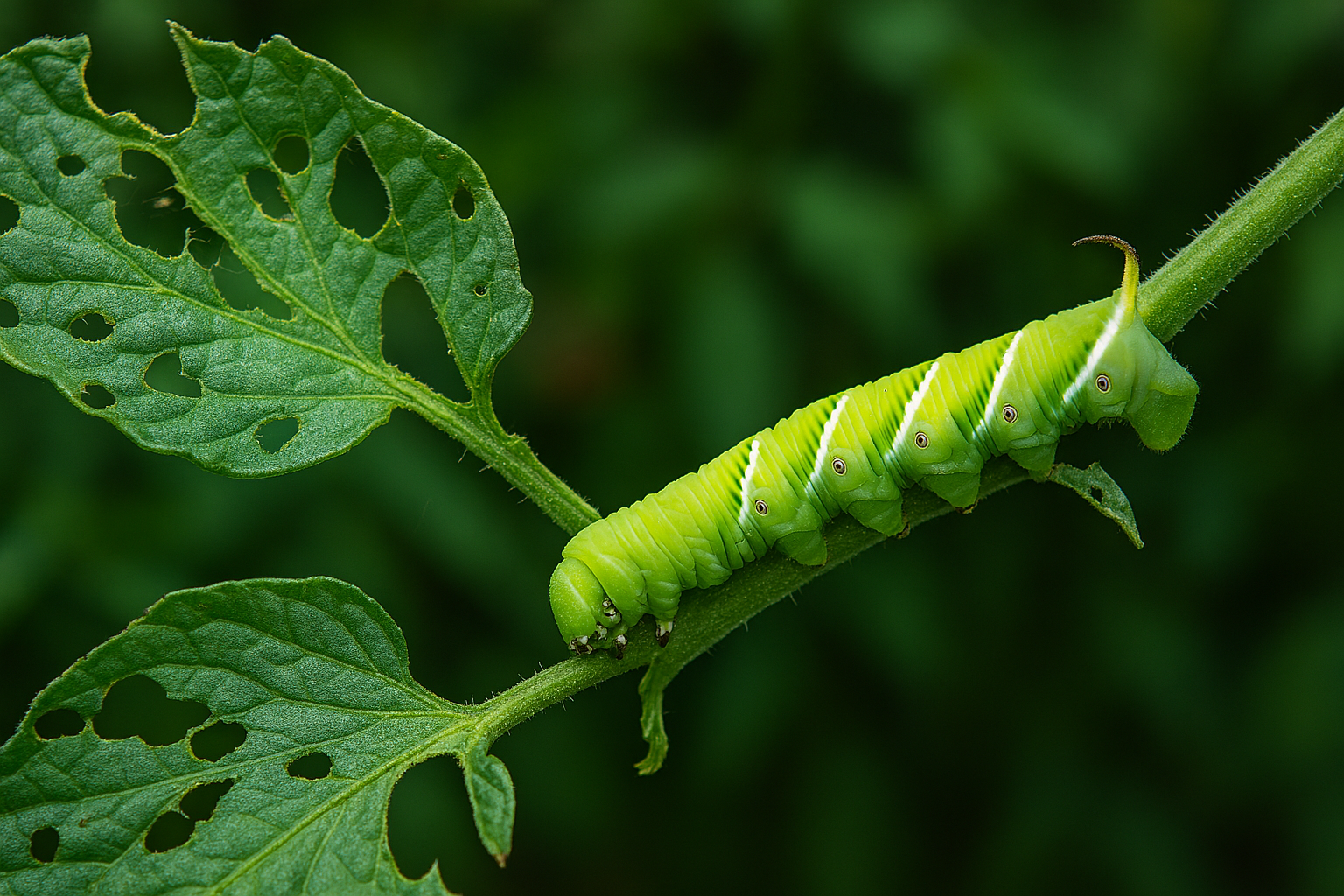
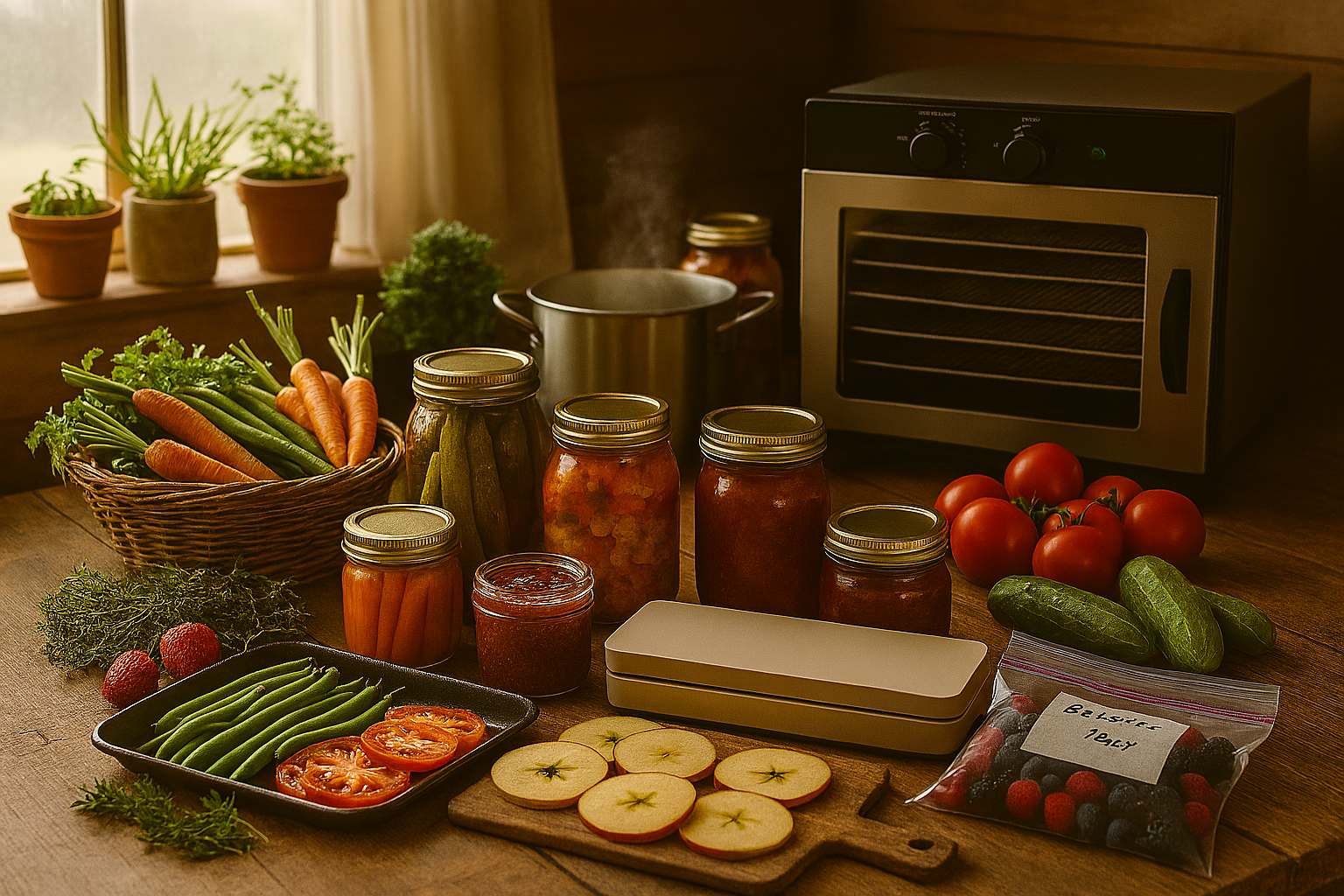
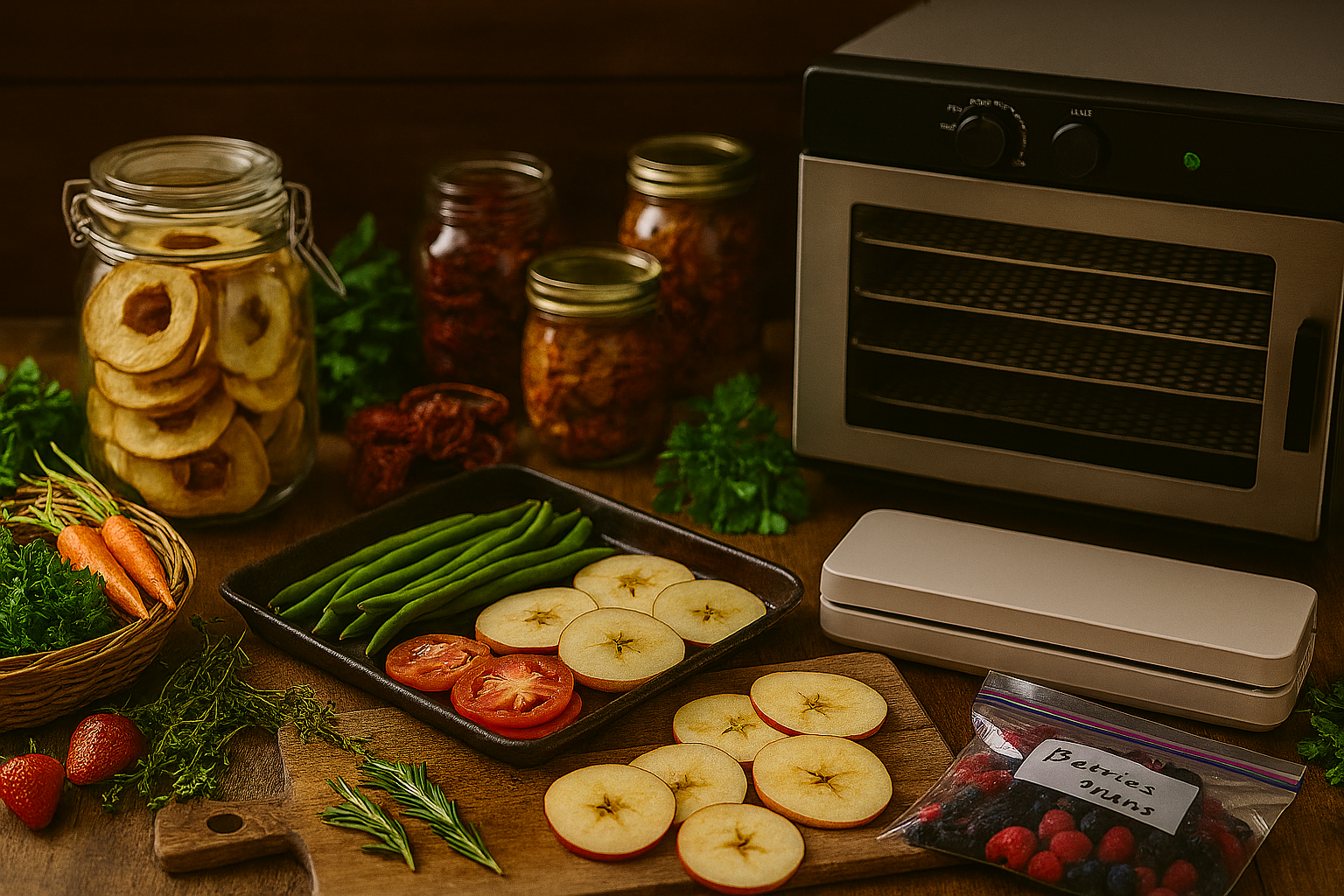
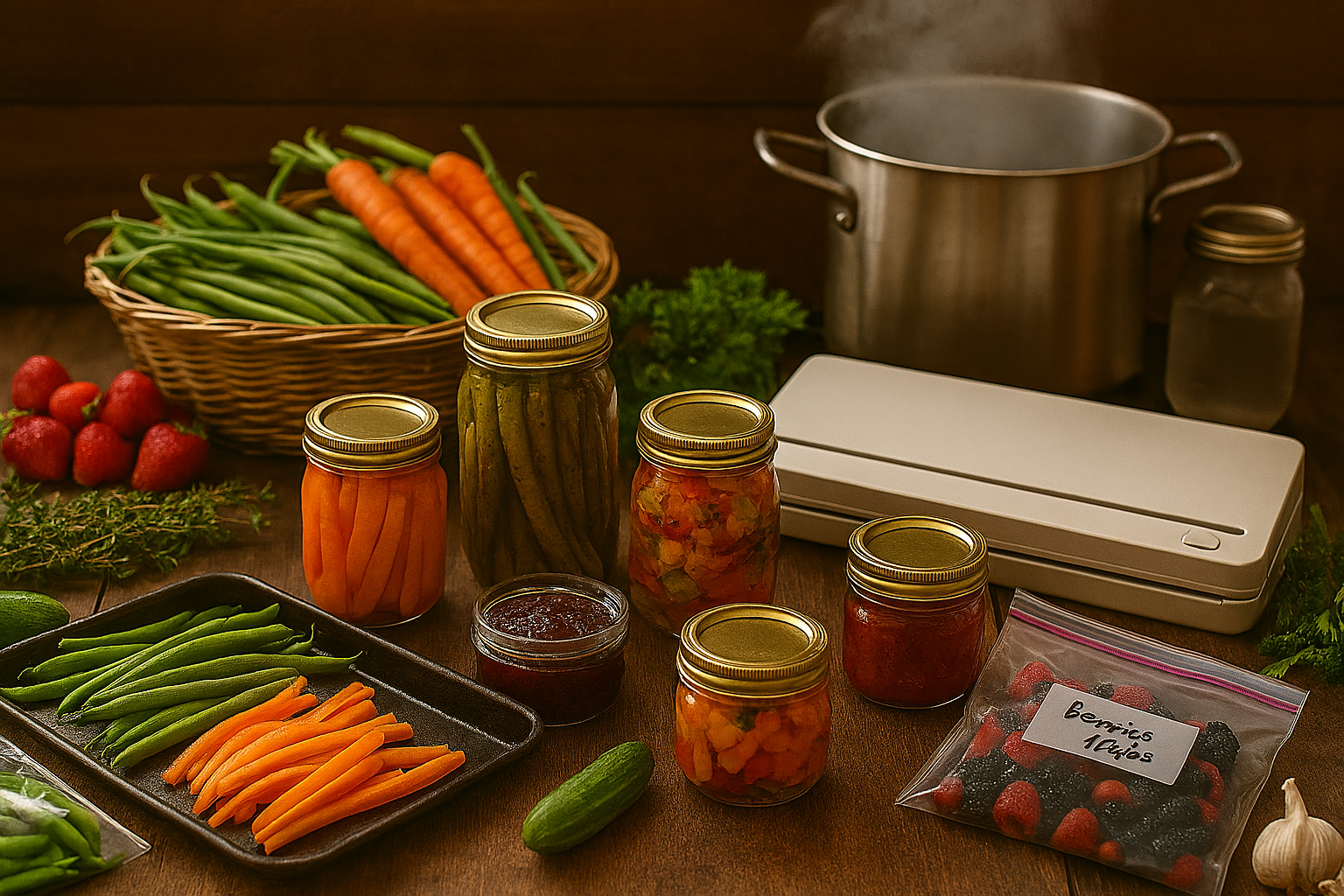
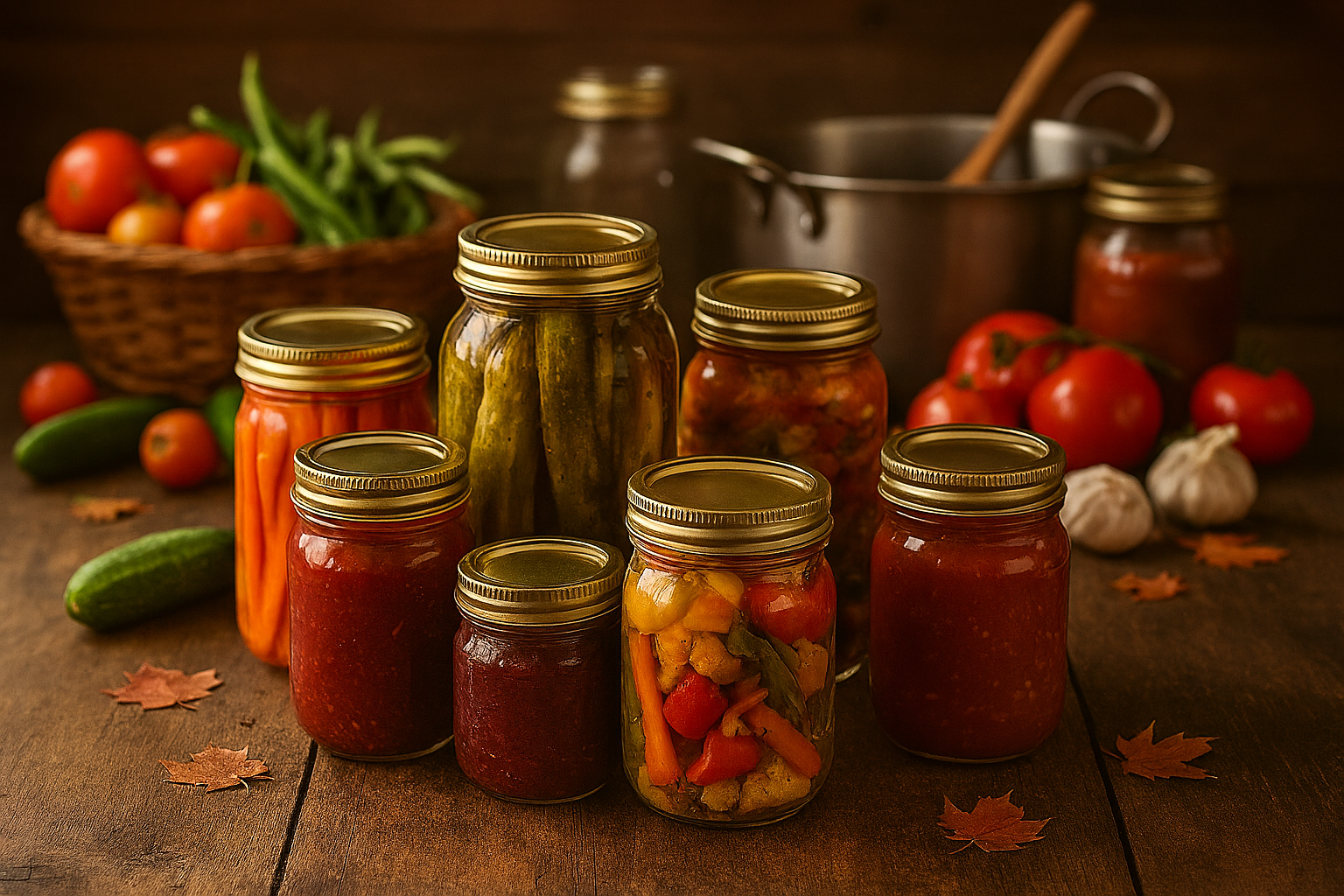
Leave a Reply